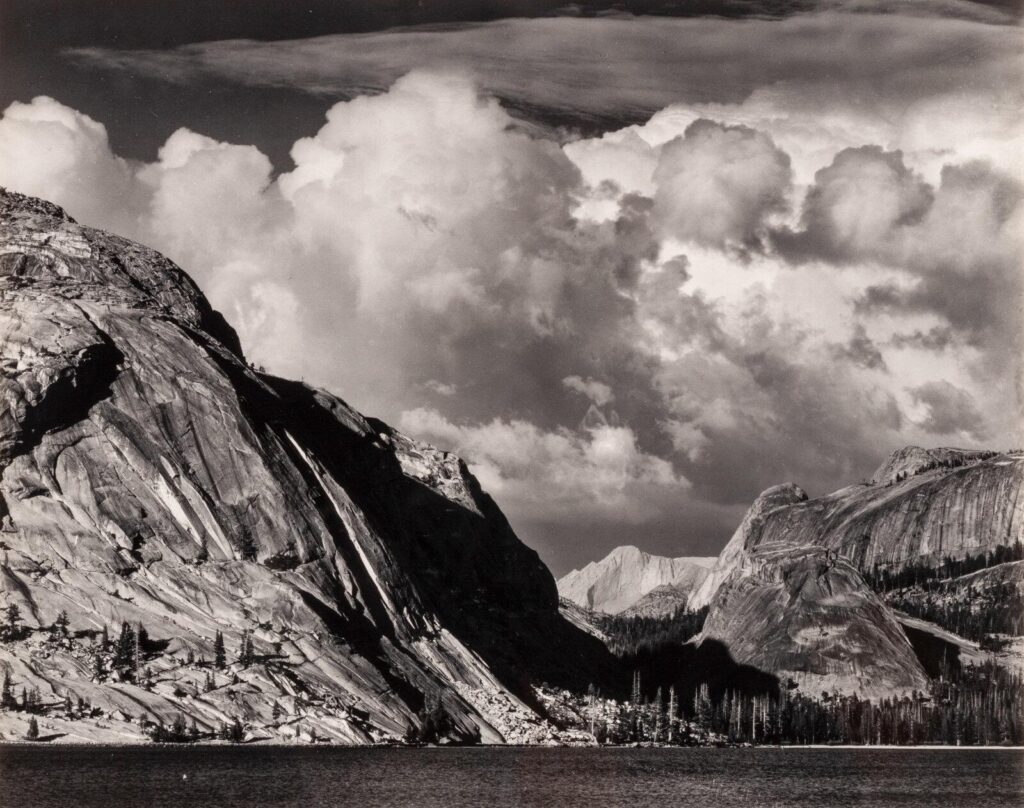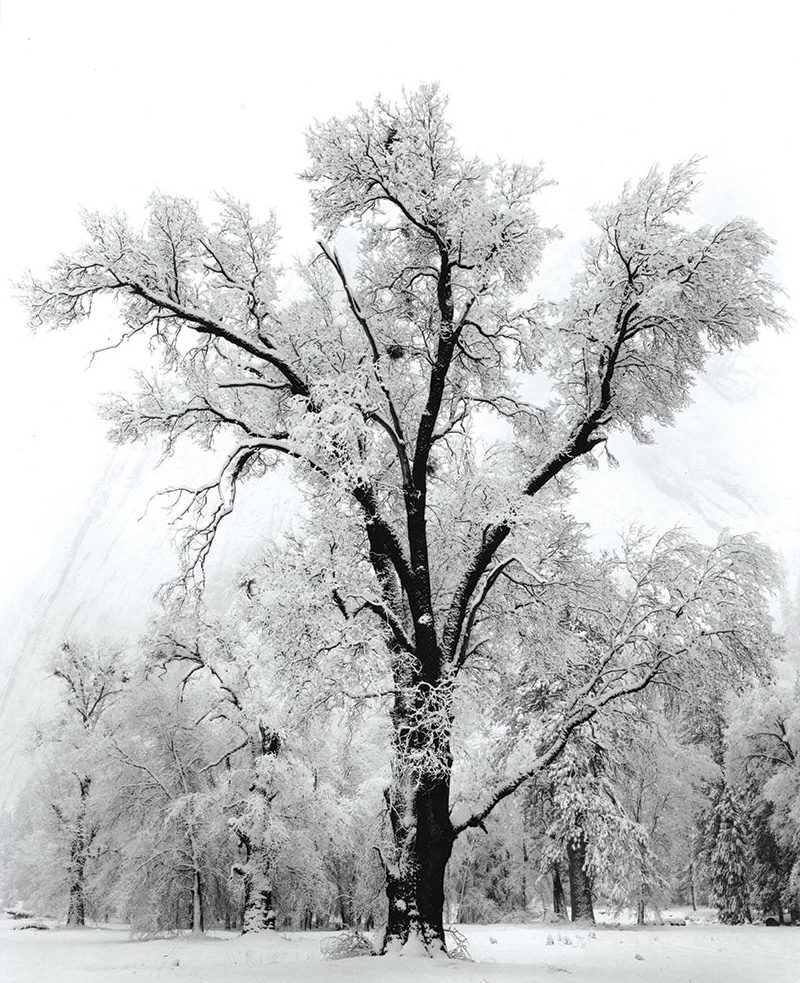Ansel Adams
Ansel Adams (1902–1984) was an American photographer, educator, and conservationist whose monumental images and technical innovations helped define fine‑art landscape photography. Born and raised in San Francisco, he first turned to the camera after meeting Paul Strand in 1930 and soon co‑founded the f/64 group with Imogen Cunningham and Edward Weston, championing large‑format cameras, small apertures, and razor‑sharp contact prints.
Adams developed the Zone System—a meticulous approach to exposure and development—and used it to capture the grandeur of the American West. His advocacy for wilderness preservation found a platform in books such as Sierra Nevada (1948) and in his long‑time service on the Sierra Club’s board. From his 1936 solo exhibition at Alfred Stieglitz’s An American Place gallery to teaching workshops in Yosemite Valley (1955–1984), Adams shaped both public appreciation and academic study of photography.
He helped establish photography departments at the Museum of Modern Art (1940) and the California School of Fine Arts (1946), founded the Friends of Photography (1967), and received Guggenheim Fellowships in 1946, 1948, and 1958. Through decades of books, exhibitions, and mentorship, Adams left an enduring legacy that continues to inspire photographers and conservationists alike.
Photography & Works
-

Ansel Adams
Cathedral Peak and Lake, Yosemite National Park, California Add to cart -

Ansel Adams
Half Dome and Moon, Yosemite National Park, California Add to cart -

Ansel Adams
Lake Tenaya, Yosemite National Park Add to cart -

Ansel Adams
Moth and Stump, Interglacial Forest Add to cart -

Ansel Adams
Oak Tree, Snowstorm, Yosemite National Park, CA Add to cart




